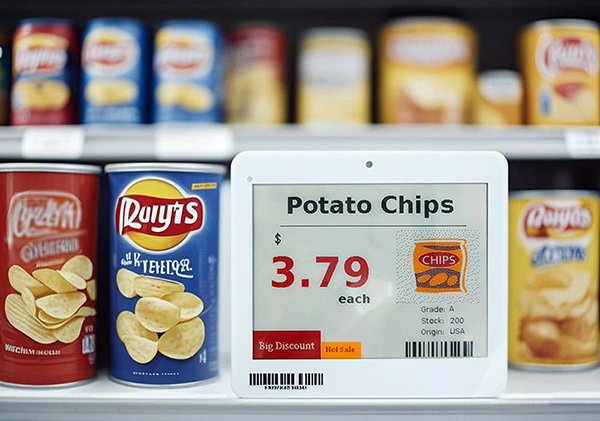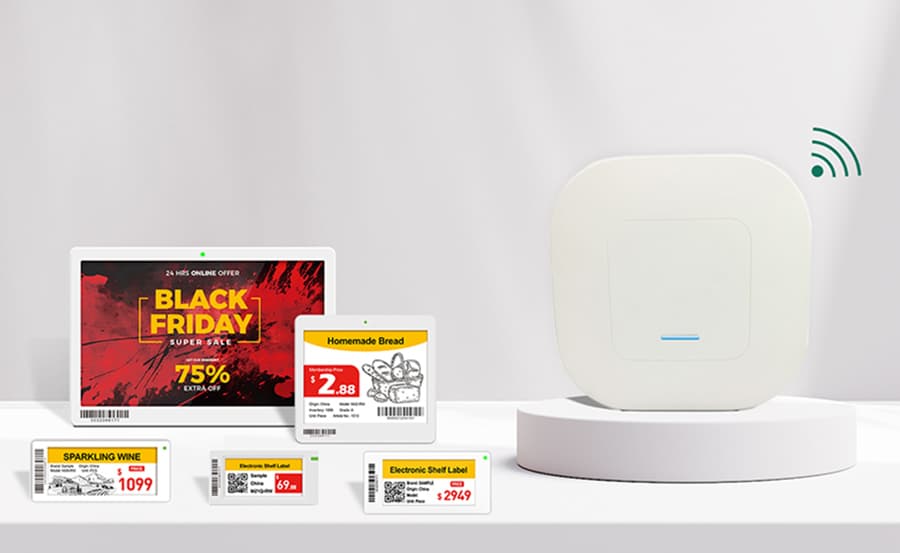Why ERP Matters Today
In an era where agility and data-driven decisions define success, ERP systems have become the backbone of modern enterprises. Companies leveraging ERP solutions report a 23% reduction in operational costs and 30% faster financial closing cycles. But beyond the numbers, ERP empowers teams to work smarter, not harder. Let’s explore how this transformative technology can elevate your business.
1. What Is ERP?
ERP, or Enterprise Resource Planning, is a cloud-based or on-premise software suite that unifies core business processes—finance, HR, supply chain, and more—into a single, real-time platform. Born from MRP (1960s) and MRP-II (1980s), modern ERP systems now enable cross-departmental collaboration, eliminating silos and fostering efficiency.

2. What Is the Role of Enterprise Resource Planning?
- Unified Data Hub: Imagine a retail chain where inventory, sales, and customer data flow seamlessly between departments. ERP breaks down barriers, ensuring everyone works from the same playbook.
- Process Automation: From automating payroll to optimizing production schedules, ERP reduces manual errors and accelerates workflows.
- Strategic Insight: Real-time analytics help businesses forecast demand, mitigate risks, and comply with regulations, which is critical for staying ahead in a volatile market.
3. What Are Some Examples of Enterprise Resource Planning?
| Solution | Ideal For | Key Features |
SAP S/4HANA | Large enterprises | AI-driven analytics, industry-specific modules |
Oracle Cloud ERP | Scalable cloud needs | Embedded AI for financial planning |
Microsoft Dynamics 365 | SMEs & hybrid environments | Seamless Office 365/CRM integration |
Acumatica | Mid-sized businesses | Cloud-native flexibility, user-friendly design |
4. Enterprise resource planning benefits
- Efficiency Gains: Manual tasks like inventory checks become obsolete. For example, a manufacturing plant using ERP reduced production delays by 40% through automated scheduling.
- Cost Savings: Optimized inventory and reduced IT overhead translate to significant savings. A mid-sized retailer cut annual operational costs by $2M post-ERP implementation.
- Global Scalability: Multi-currency, multi-language support ensures compliance across borders, ideal for expanding businesses.
- Customer-Centricity: Real-time order tracking and personalized insights enhance service, boosting customer retention rates.
5. Cost of Enterprise Resource Planning(ERP)
- Implementation:
- Small Businesses: $100k–$500k (cloud-based solutions like QuickBooks Enterprise).
- Mid-Sized Companies: $1M–$5M (including customization and training).
- Enterprises: $ 10 M+ (complex deployments with AI/ML modules).
- Ongoing Costs: 15–20% of initial investment annually for maintenance and updates.
- ROI Timeline: Most see measurable improvements within 18 months, with full ROI in 2–5 years.
6. When to Use ERP?
Your business needs an ERP if:
- Data silos cause inefficiencies (e.g., mismatched sales and inventory data).
- Manual processes hinder growth (e.g., paper-based workflows slow order fulfillment).
- Compliance risks arise from outdated systems (e.g., non-GDPR-compliant data storage).
7. What is ERP vs CRM?
| Aspect | ERP | CRM |
| Focus | Internal operations (finance, HR) | Customer interactions (sales, support) |
| Users | Cross-departmental teams | Sales and marketing teams |
| Data | Business-wide metrics | Customer behavior and preferences |
| Integration | Often includes CRM modules | Integrates with ERP for end-to-end insights |
Pro Tip: Use ERP for back-office efficiency and CRM for customer engagement—together, they create a holistic business ecosystem.
8. ERP Trends
- AI & Machine Learning: Predictive analytics (e.g., SAP’s Joule AI) automate workflows, boosting productivity by 20%.
- Sustainability Tools: Built-in carbon footprint tracking helps businesses meet ESG goals.
- Low-Code/No-Code: Non-technical users can customize interfaces, reducing reliance on IT teams.
- Hybrid Deployment: A mix of cloud and on-premise solutions balances agility and security.

9. Types of ERP Deployment
- Cloud ERP: Fast to implement, scalable, and cost-effective (e.g., Oracle Cloud).
- On-Premise: Full control over data, ideal for regulated industries (e.g., healthcare).
- Hybrid: Combines cloud flexibility with on-premise security.
- Two-Tier ERP: Centralized system for HQ + localized ERP for subsidiaries.
10. How do ERP systems work?
ERP operates through:
- Modules: Finance, supply chain, HR, etc., tailored to your industry.
- Central Database: Real-time data repository accessible across departments.
- Integration: APIs connect ERP to third-party tools like CRM, e-commerce platforms, and electronic shelf labels (ESL).
Example Workflow:
1. A customer places an order online.
2. ERP updates inventory levels and triggers a production alert.
3. ESLs in stores automatically update prices based on stock availability.
4. Real-time analytics inform pricing strategies and demand forecasts.
11. What business functions can ERP optimize?
- Finance: Real-time reporting and fraud detection.
- Supply Chain: Demand forecasting and inventory optimization.
- HR: Talent management and payroll automation.
- Manufacturing: Production scheduling and quality control.
- Sales: Order tracking and revenue forecasting.
12. How to Successfully Implement an ERP System
- Phased Approach:
1. Assess: Map current processes and identify gaps.
2. Vendor Selection: Choose scalable, user-friendly solutions (e.g., Microsoft Dynamics for SMEs).
3. Training: Tailored workshops ensure buy-in from all teams.
4. Testing: Pilot with a small team before full rollout.
- Pitfalls to Avoid: Underestimating customization needs, poor data migration, and lack of change management.
13. ERP & Emerging Technologies: ESL & Digital Signage
- Retail Integration:
- ESL (Electronic Shelf Labels): ERP updates prices in real-time, reducing manual errors and improving inventory accuracy by 95%.
- Digital Signage: Syncs promotions with ERP data to display personalized offers based on stock levels.
- Hospitality: ERP manages room inventory, while digital signage updates guest services dynamically.

14. Final Considerations
- ROI Calculator: Use tools like Oracle’s ERP ROI estimator to justify investment.
- Compliance: Ensure ERP meets industry standards (e.g., GDPR, FDA).
- Future-Proofing: Choose solutions with built-in AI and IoT capabilities for long-term scalability.
Transforming your business with Datallen
Datallen specializes in electronic shelf labels and digital signage integration with multiple systems, such as ERP, helping retailers and hospitality companies streamline operations. Are you ready to unlock your business’s full potential? [Contact us now](link) to explore more solution details.
For more insights, check out:
1. POP Materials vs. Smart POS Systems: Transforming Retail Marketing
2. Exploring ESL Base Stations: How They Streamline Retail Pricing and Operations
3. Creative Digital Price Tag Ideas for Modern Supermarket Shelving
4. Warehouse Shelves Strategies for Superior Grocery Inventory Management
5. Creative Gift Store Display Ideas for Maximum Impact








